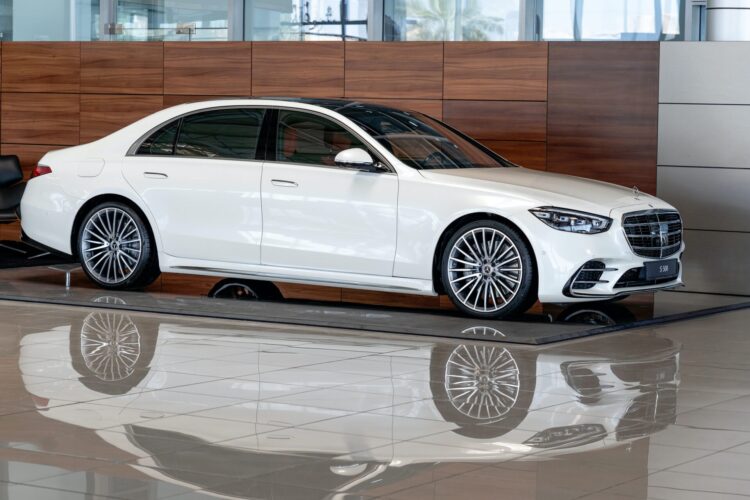Introduction
In an era where personal safety and security are paramount concerns, the automotive industry has taken remarkable strides to develop vehicles that provide protection beyond conventional norms. The concept of bulletproof cars has evolved from a niche market to a symbol of advanced engineering and innovation. This article delves into the intriguing world of bulletproof cars, exploring their history, technologies, and the factors driving their growing popularity.
A Brief Historical Perspective
The origins of bulletproof cars can be traced back to the early 20th century, when armored vehicles were first utilized during military conflicts. However, it was not until the late 20th century that the concept transitioned into the civilian sector. Influential figures and political leaders began to realize the importance of personal safety, leading to the development of armored vehicles for private use. Over the years, advancements in materials and technology have transformed these once exclusive machines into a more accessible market.
Materials and Technologies
Bulletproof cars rely on a combination of specialized materials and cutting-edge technologies to provide exceptional protection. Modern iterations often feature ballistic glass, composed of layers of glass and polycarbonate, designed to withstand high-velocity impacts without shattering. The vehicle’s body is reinforced with advanced composites and steel plating to deflect and absorb bullets, shrapnel, and other potential threats.
Furthermore, run-flat tire systems are a crucial component of bulletproof vehicles. These tires are engineered to continue functioning even after sustaining punctures, ensuring that the occupants can escape potentially dangerous situations. The vehicle’s suspension and braking systems are also upgraded to accommodate the added weight of the armor without compromising performance.
Customization and Adaptation
One of the unique aspects of bulletproof cars is their high degree of customization. Clients can tailor various features according to their specific needs and preferences. From the type of armor used to the level of ballistic protection, each vehicle can be personalized to suit individual requirements. Additionally, the interior can be equipped with state-of-the-art communication systems, luxury amenities, and inconspicuous emergency escape options.
Popularity and Market Trends
The demand for bulletproof cars has been steadily increasing in recent years, driven by factors such as rising concerns over personal security, high-profile incidents, and the expanding market of high-net-worth individuals. Celebrities, government officials, business magnates, and private citizens are among those who seek the peace of mind that bulletproof vehicles offer. This growing demand has prompted manufacturers to enhance their offerings, resulting in a wider range of options and price points.
Challenges and Future Prospects
While bulletproof cars provide enhanced safety, they are not without challenges. The additional weight of armor can impact fuel efficiency and handling, requiring careful engineering to maintain optimal performance. Moreover, as the technology continues to evolve, the industry must stay ahead of emerging threats and devise innovative solutions to ensure the ongoing effectiveness of bulletproof vehicles.
Conclusion
The evolution of bulletproof cars from a niche concept to a mainstream reality is a testament to human ingenuity and the ever-changing landscape of personal safety. As technology advances and threats evolve, the automotive industry will undoubtedly continue to push the boundaries of innovation, resulting in even more sophisticated and secure vehicles. Whether for protection against unforeseen dangers or simply as a symbol of status, bulletproof cars are here to stay, solidifying their place in the automotive realm as a remarkable fusion of security and luxury.
